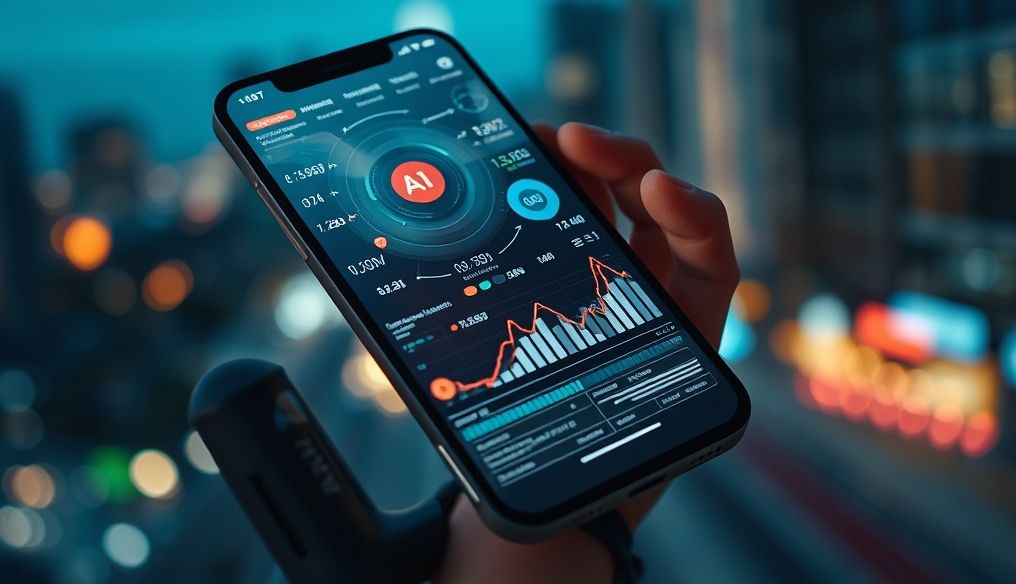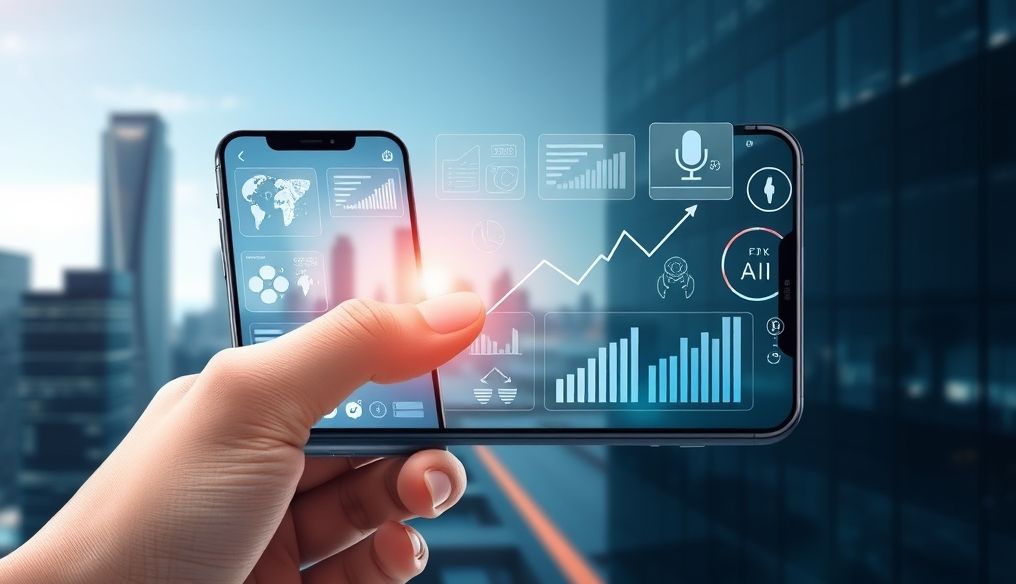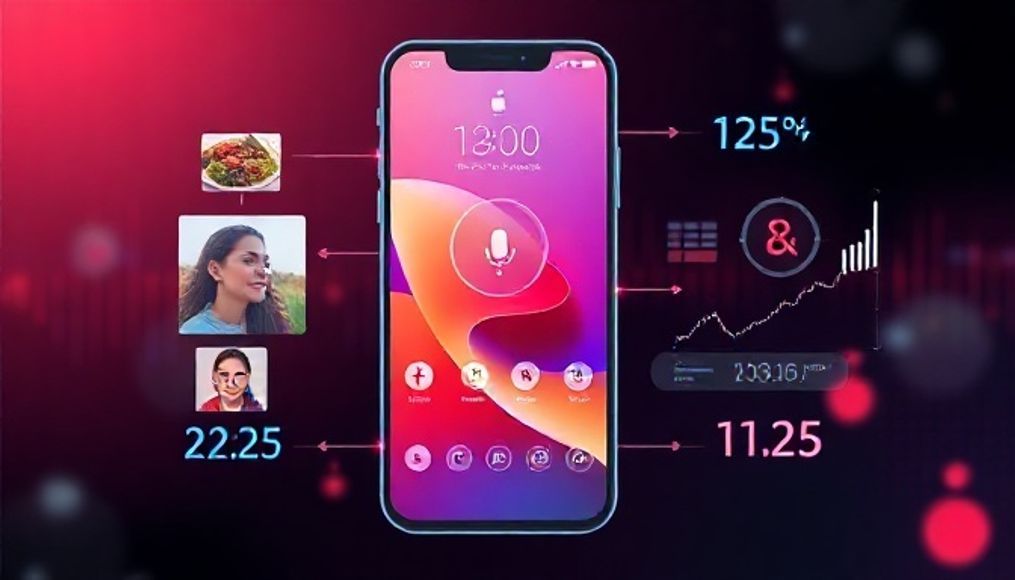How is Artificial Intelligence Revolutionizing Smartphones?
Smartphones have become an integral part of our daily lives. With the rapid development of Artificial Intelligence (AI), these devices are becoming smarter and more capable of meeting our growing needs. Let's delve into how AI works in smartphones, what applications rely on it, and how it impacts the future of technology.
What is Artificial Intelligence and How Does it Work in Smartphones?
Artificial Intelligence is a branch of computer science that aims to develop systems and programs capable of simulating human cognitive abilities, such as learning, inference, and problem-solving. In smartphones, AI is applied through a variety of algorithms and models that process and analyze data to make intelligent decisions.
Components of AI in Smartphones:
- AI Chips: Specialized processors designed to accelerate AI operations, such as the Neural Engine in Apple phones and the NPU in Huawei phones.
- Machine Learning: Algorithms that allow the phone to learn from data and improve its performance over time without explicit programming.
- Neural Networks: Mathematical models inspired by the structure of the human brain, used to process complex data and recognize patterns.
- Natural Language Processing (NLP): Technology that enables the phone to understand and respond to human language, such as voice assistants.
- Computer Vision: Technology that enables the phone to "see" and understand images and videos, such as facial and object recognition.
Applications of AI in Smartphones
AI is changing how we interact with our smartphones. Here are some key applications:
1. Virtual Assistants
Virtual assistants like Siri, Google Assistant, and Alexa rely on Natural Language Processing (NLP) to understand and execute user commands. Virtual assistants can perform tasks such as:
- Making calls and sending messages.
- Playing music and setting alarms.
- Searching for information on the internet.
- Controlling smart home devices.
2. Image Enhancement
Smartphones use AI to enhance the quality of photos and videos. These enhancements include:
- Scene Recognition: Identifying the type of scene (such as landscapes or portraits) and automatically adjusting camera settings.
- Low-Light Enhancement: Improving the quality of images taken in low-light conditions.
- Image Stabilization: Reducing vibrations during video recording.
- Portrait Mode: Creating depth-of-field effects (Bokeh) in portrait photos.
3. Security and Privacy
AI is used to enhance the security of smartphones and protect user privacy:
- Facial Recognition: Unlocking the phone using facial recognition.
- Fraud Detection: Detecting fraudulent activities in apps and payments.
- Power Management: Optimizing battery consumption by analyzing app usage patterns.
4. Real-Time Translation
Real-time translation apps rely on AI to translate text and conversations in real-time. These apps can be used to communicate with people who speak different languages.
5. Behavior Prediction
Smartphones learn user behavior by analyzing usage data, such as frequently used apps and the times they are used. This information can be used to provide personalized suggestions and improve the user experience.
How Does Machine Learning Work in Smartphones?
Machine learning is the core of AI in smartphones. It allows the phone to learn from data and improve its performance over time. There are different types of machine learning used in smartphones:
1. Supervised Learning
In this type of learning, the model is trained on a labeled dataset. For example, a model can be trained to recognize images by providing it with a set of labeled images (such as pictures of cats and dogs).
2. Unsupervised Learning
In this type of learning, the model is trained on an unlabeled dataset. The model is used to identify patterns and relationships in the data. For example, unsupervised learning can be used to group users based on their behavior.
3. Reinforcement Learning
In this type of learning, the model learns by interacting with a specific environment. The model receives rewards and punishments based on its actions and learns how to make decisions that maximize rewards.
The Impact of AI on the Future of Smartphones
AI will continue to play an increasingly important role in the development of smartphones. We expect to see further improvements in the following areas:
- Improved User Experience: Smartphones will become more capable of understanding user needs and providing personalized experiences.
- Increased Security and Privacy: AI will be used to protect smartphones from security threats and protect user privacy.
- New Applications: AI will open the door to the development of new and innovative applications in fields such as health, education, and entertainment.
- Edge Computing: More AI operations will be performed on the device itself (Edge Computing), reducing reliance on the cloud and improving performance and privacy.
Challenges and Potential Risks
Despite the many benefits of AI in smartphones, there are also some challenges and potential risks that need to be addressed:
- Bias: AI models can be biased if they are trained on biased data. This can lead to unfair or discriminatory results.
- Privacy: AI can collect large amounts of personal data. Measures must be taken to protect this data and ensure user privacy.
- Security: AI models can be vulnerable to cyber attacks. These models must be protected from hacking and manipulation.
- Reliability: It must be ensured that AI models are reliable and accurate. Errors in these models can lead to serious consequences.
Conclusion
AI is revolutionizing smartphones, making them smarter and more capable of meeting our needs. From virtual assistants to improving image quality, security, and privacy, AI is changing how we interact with these essential devices. As technology continues to evolve, we expect to see more innovations and applications that rely on AI in smartphones.
Additional Resources:




